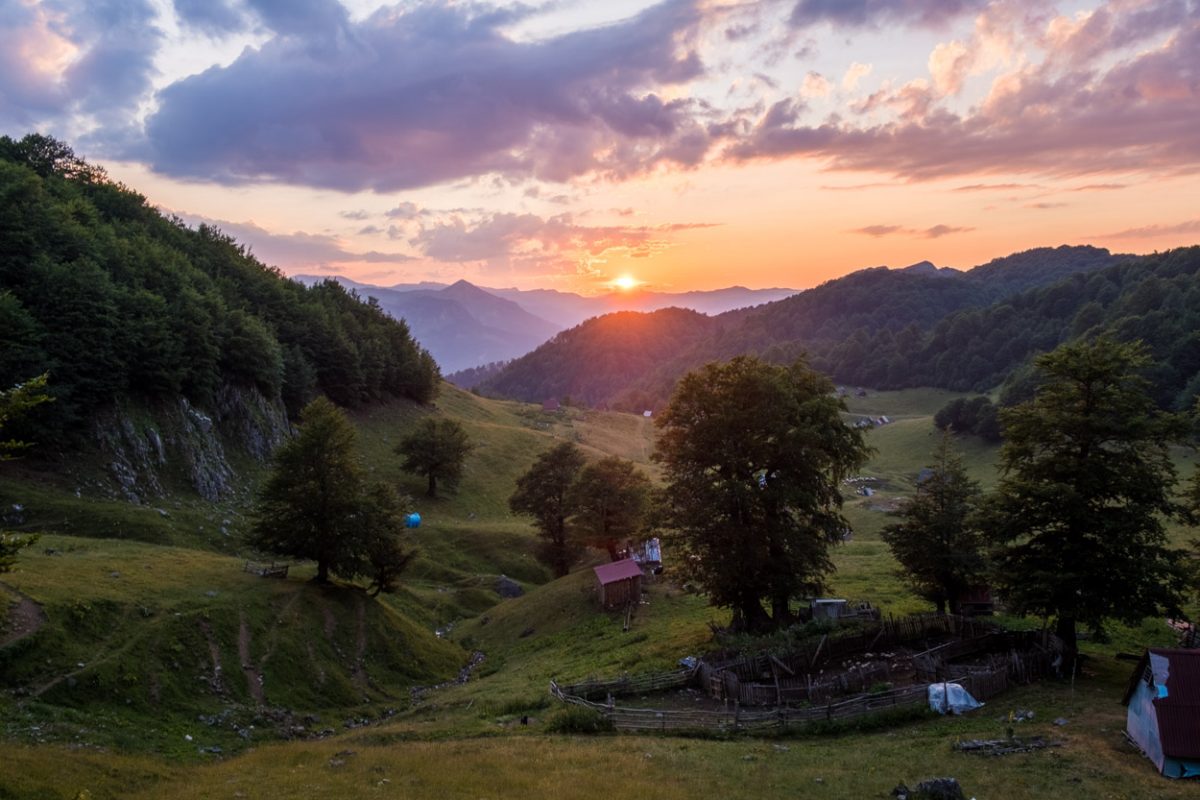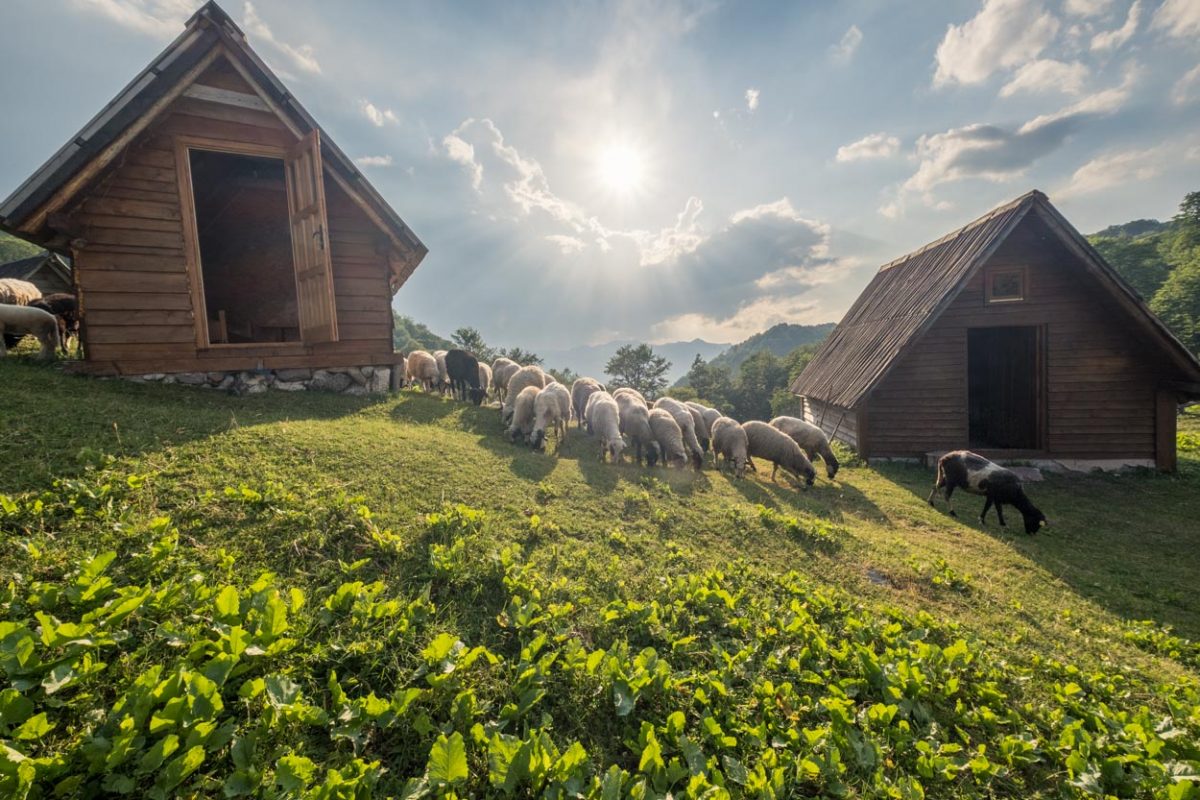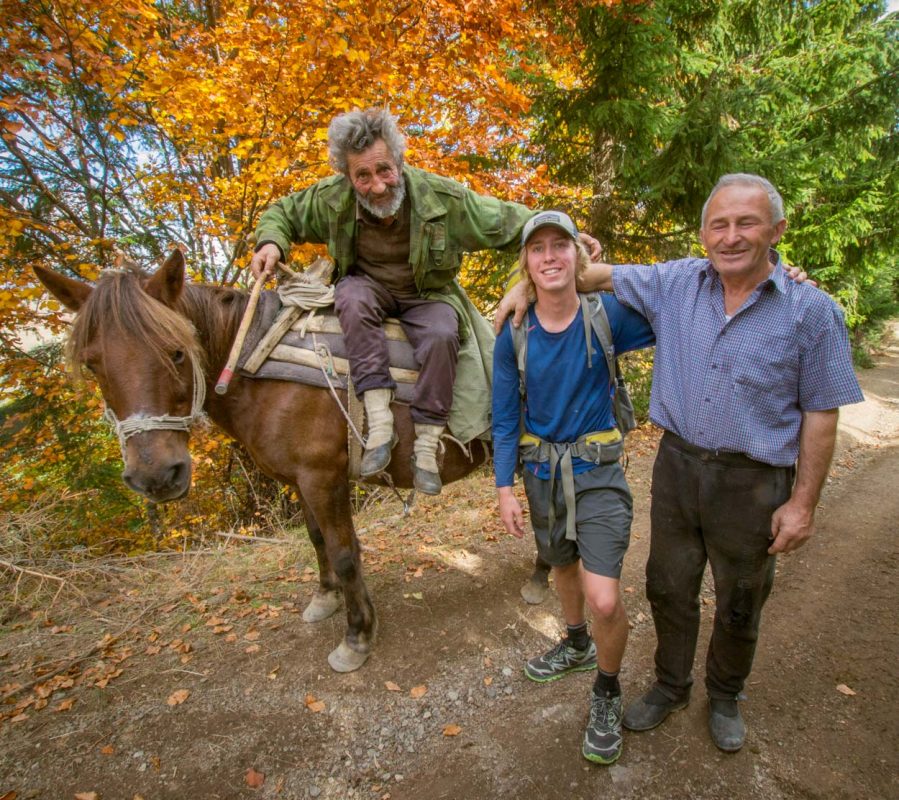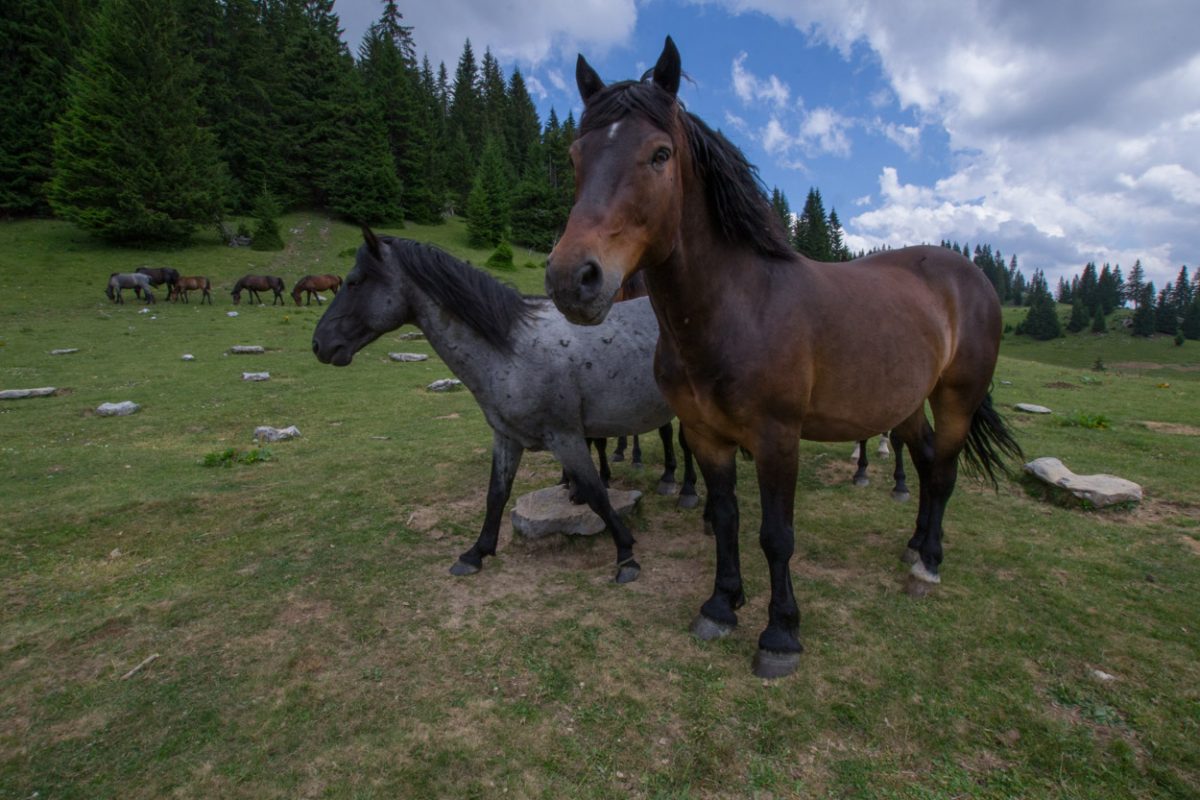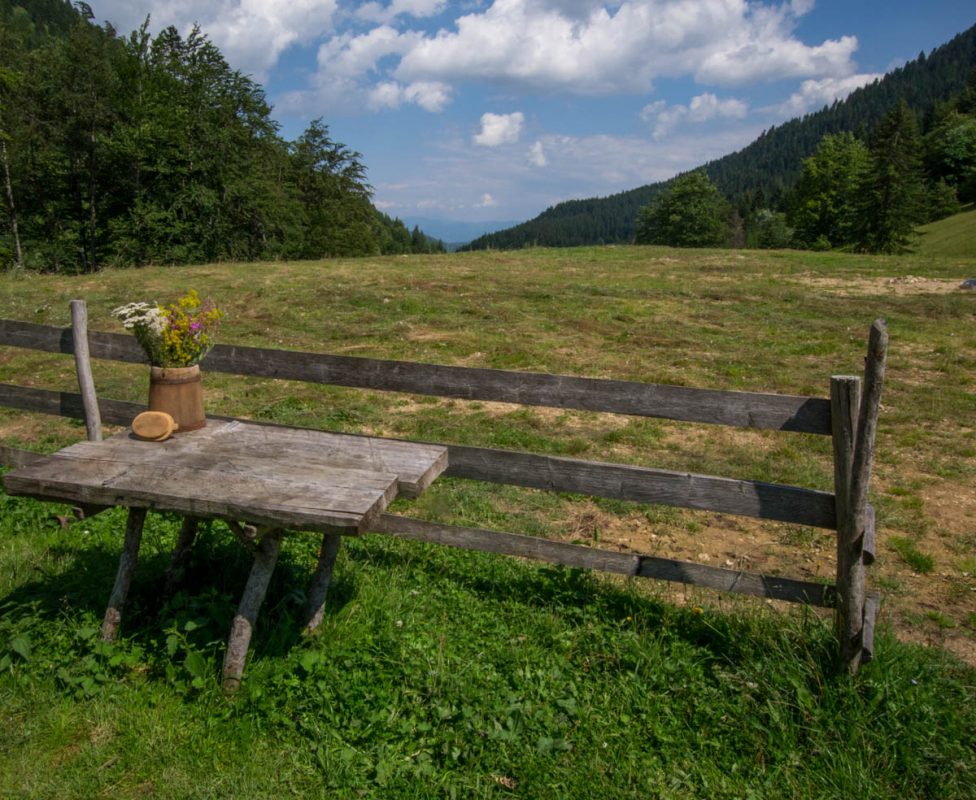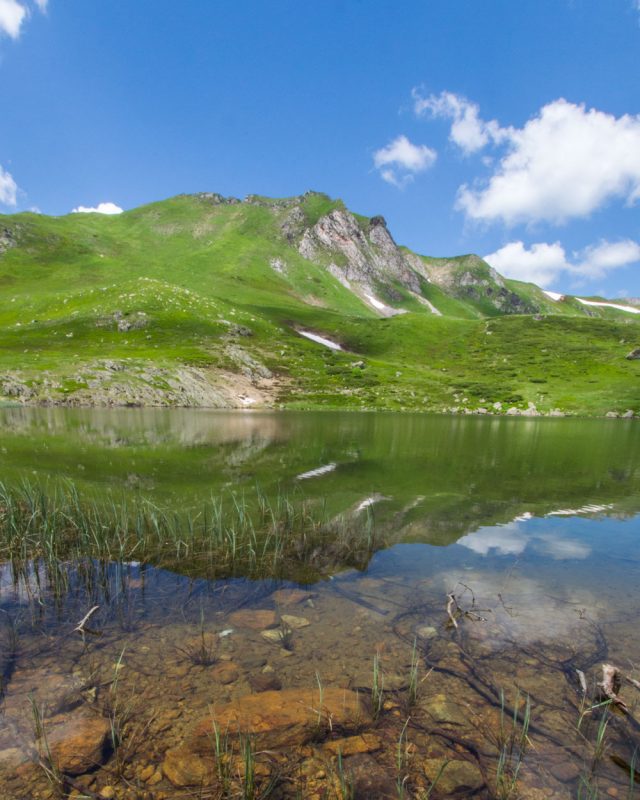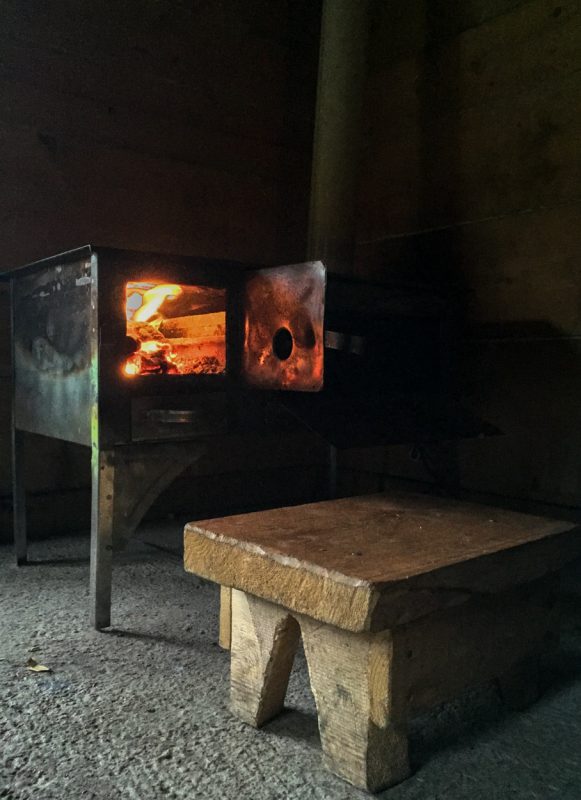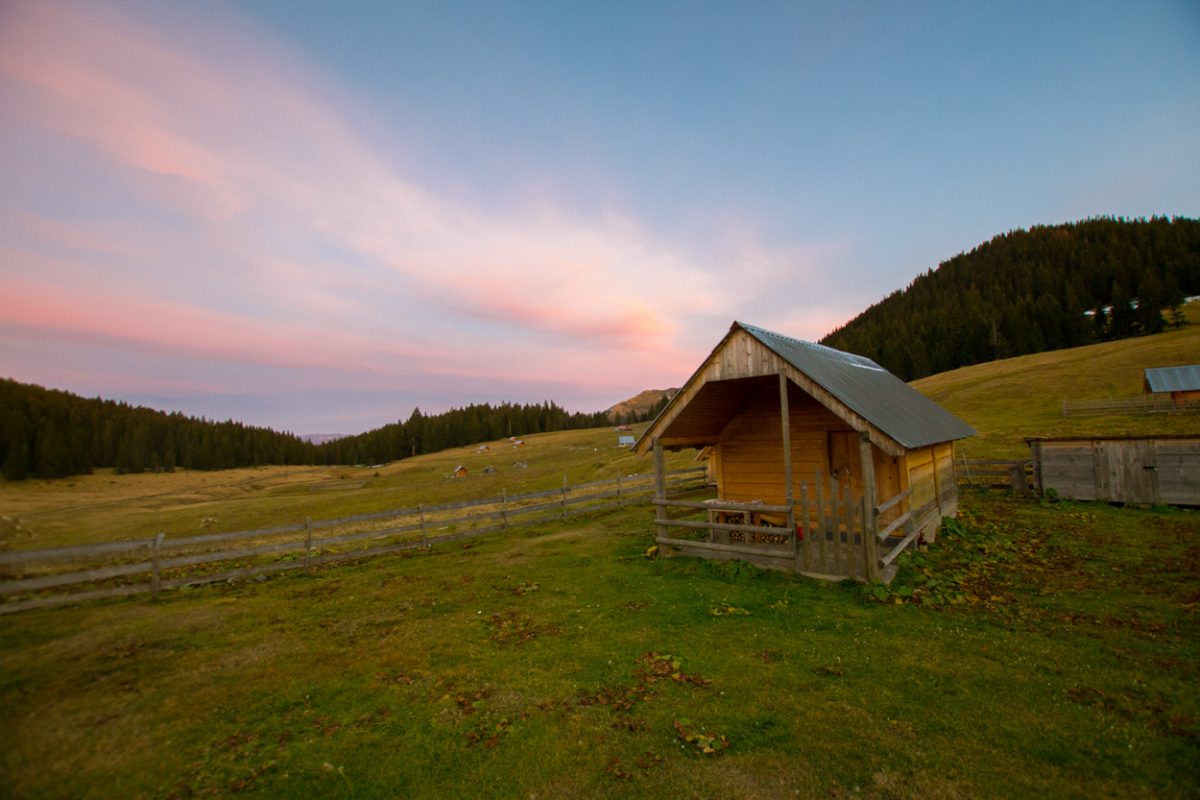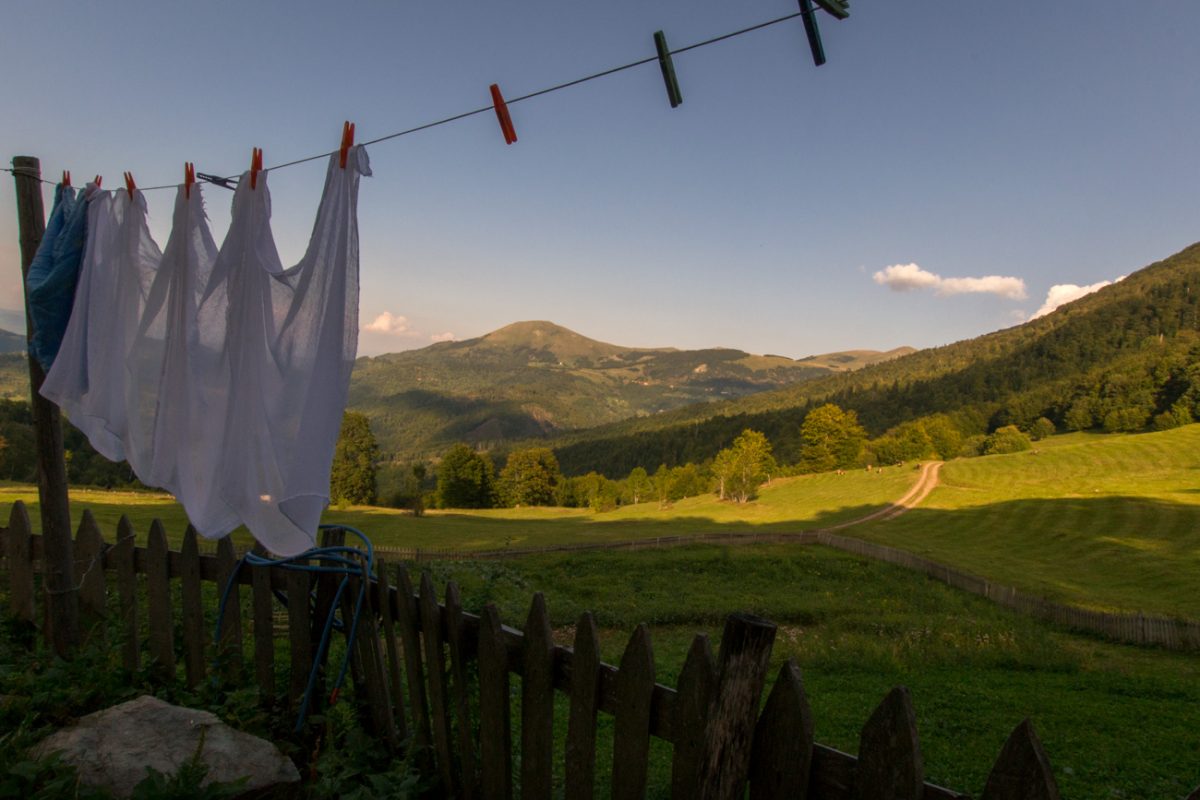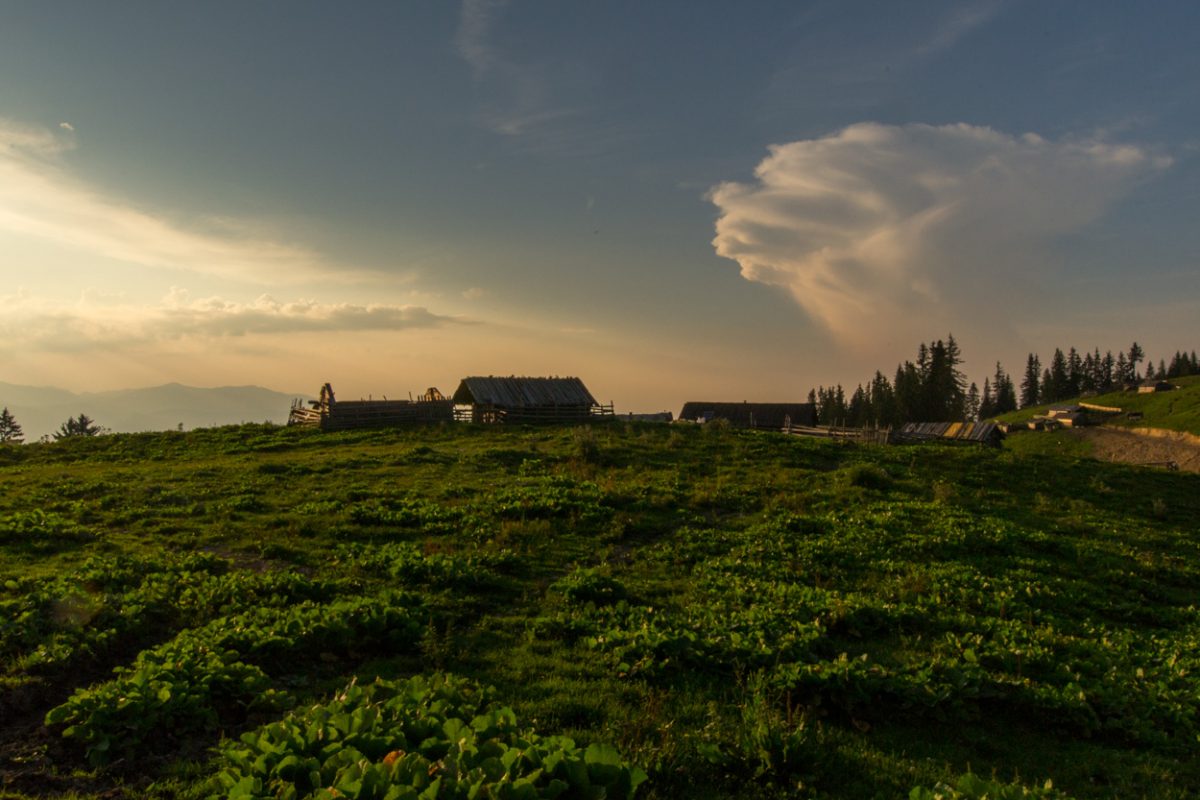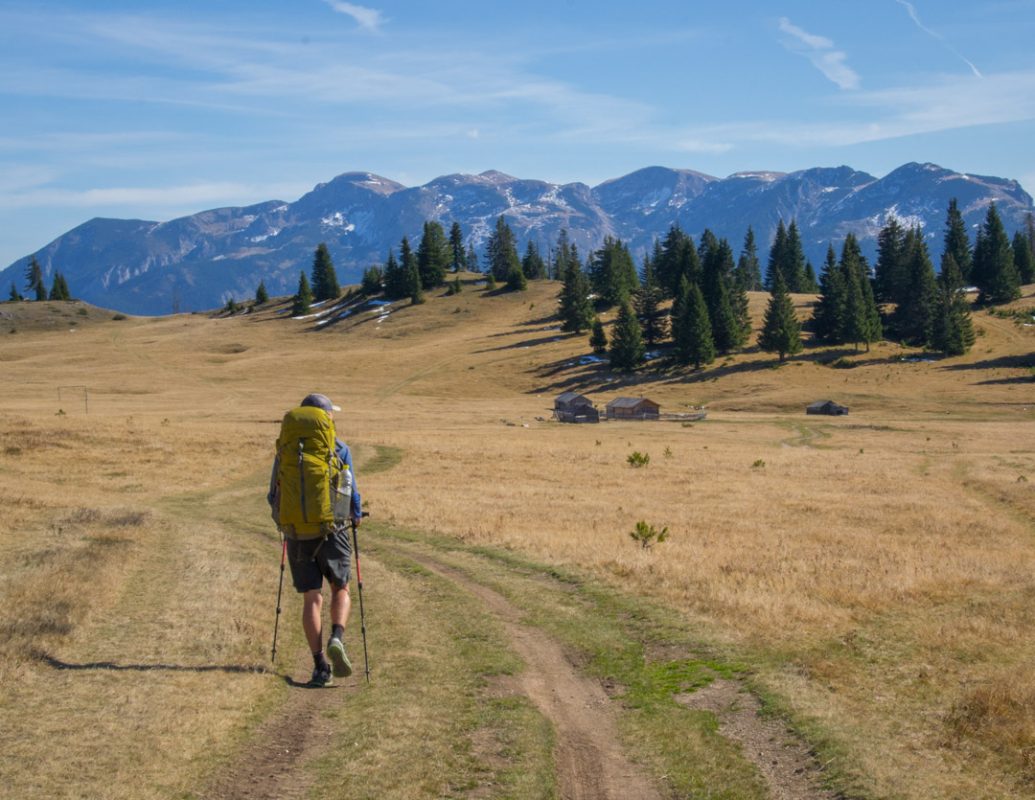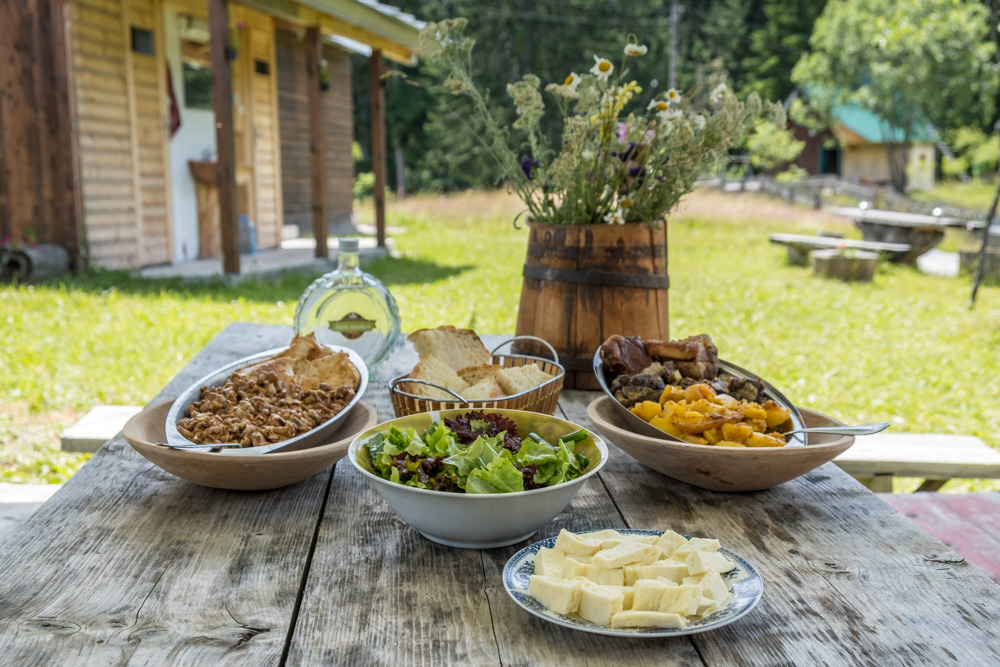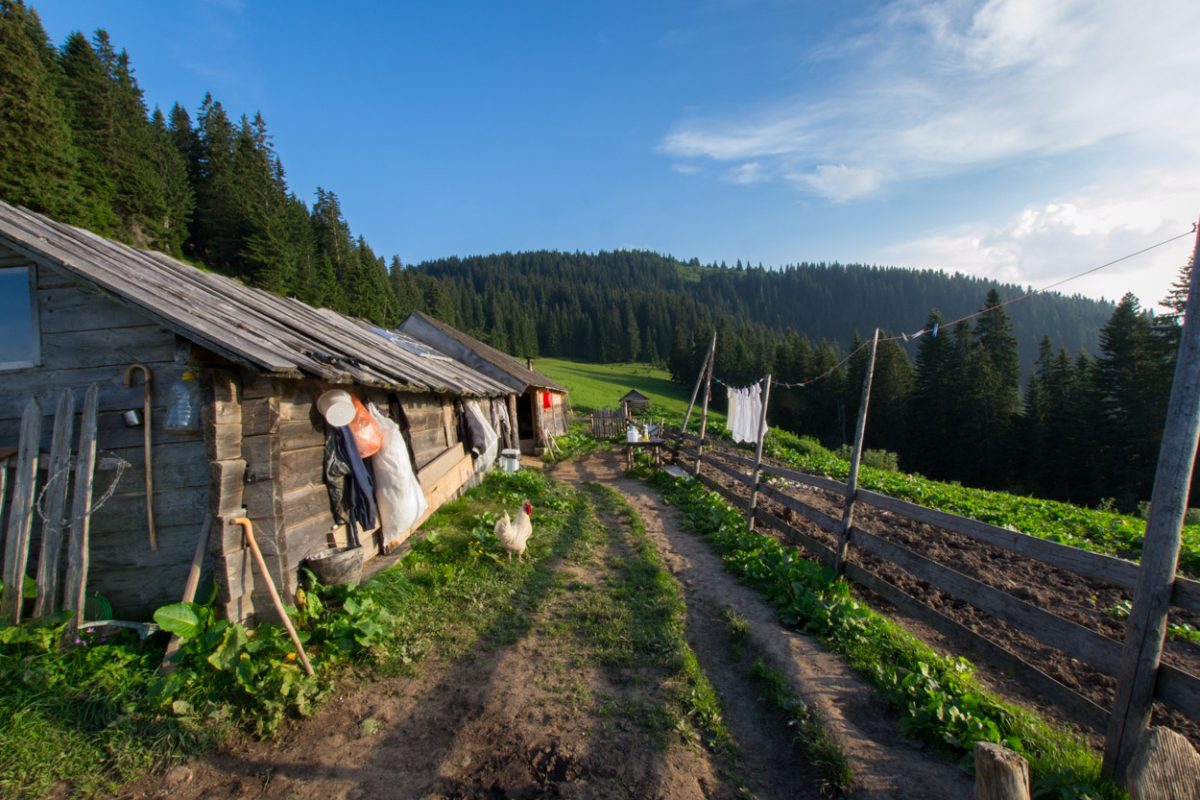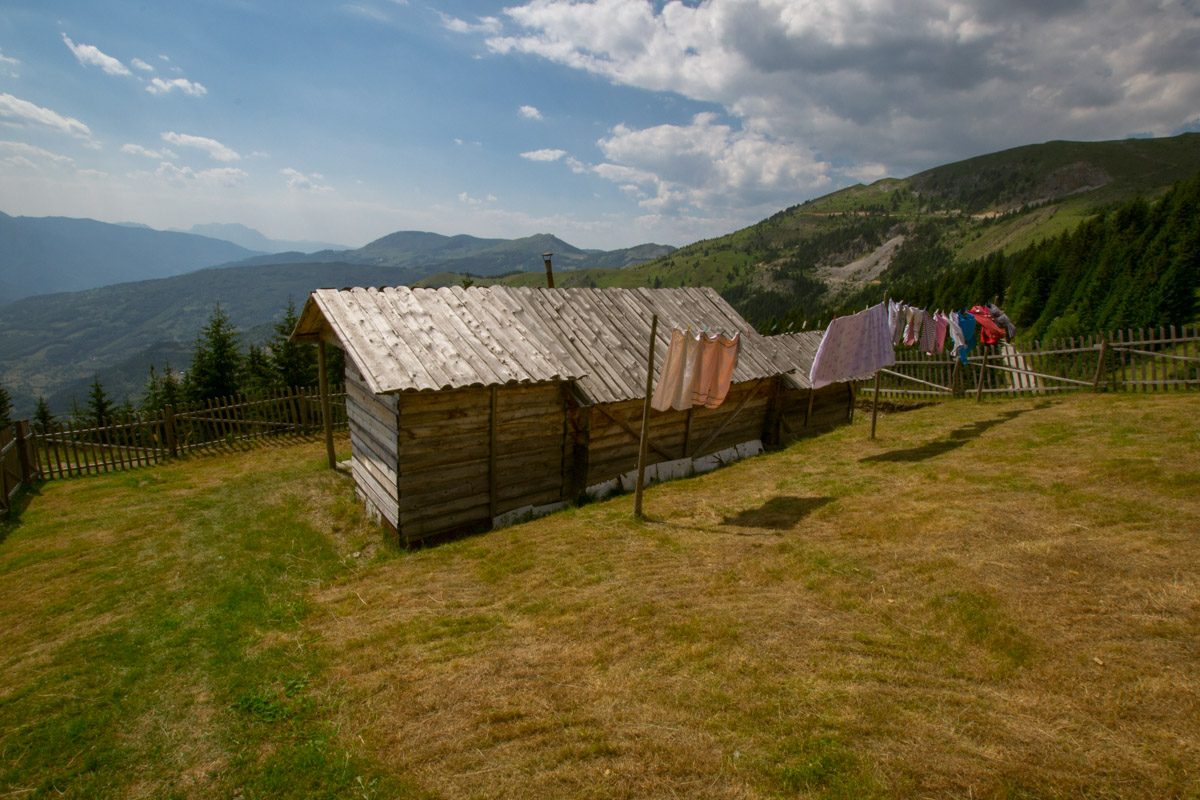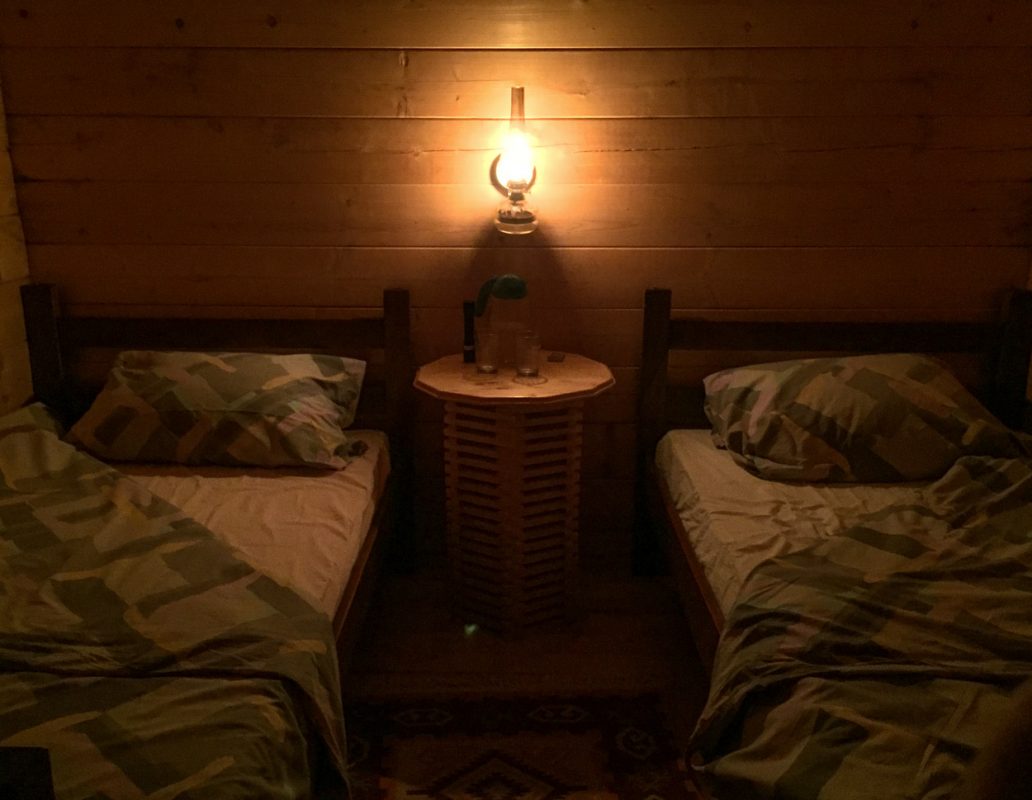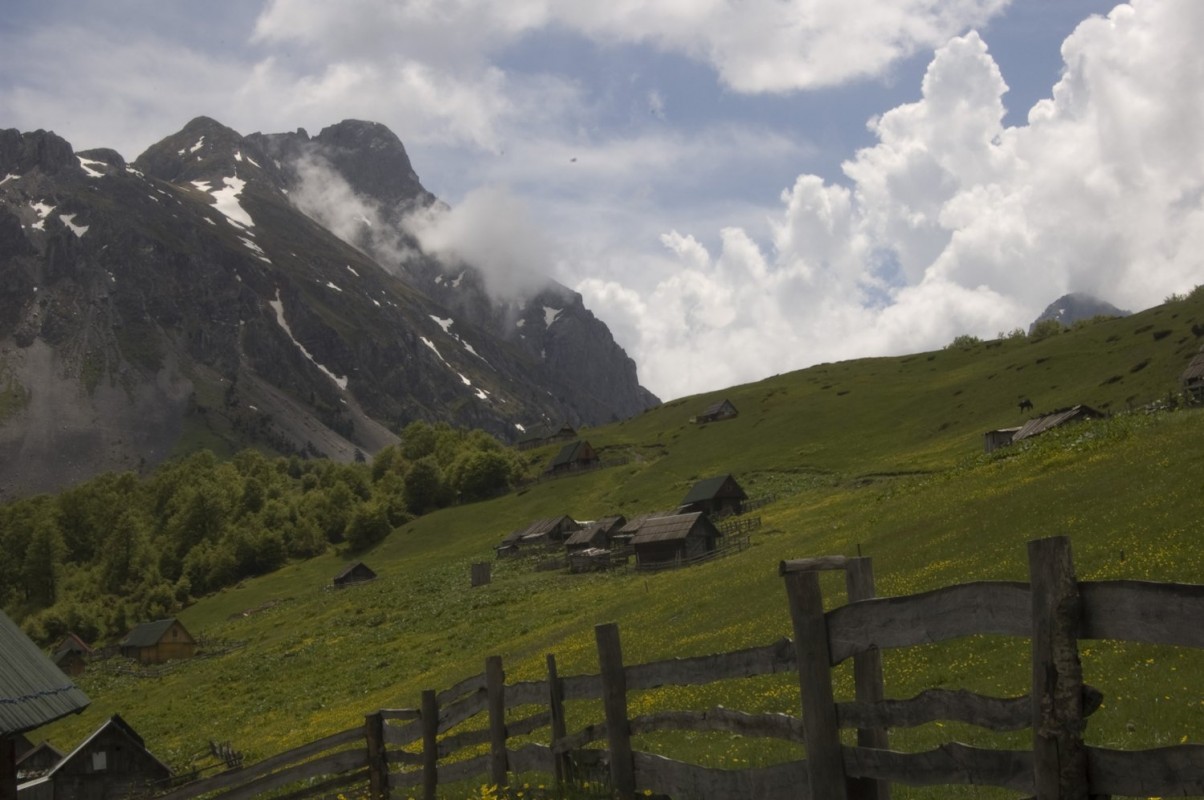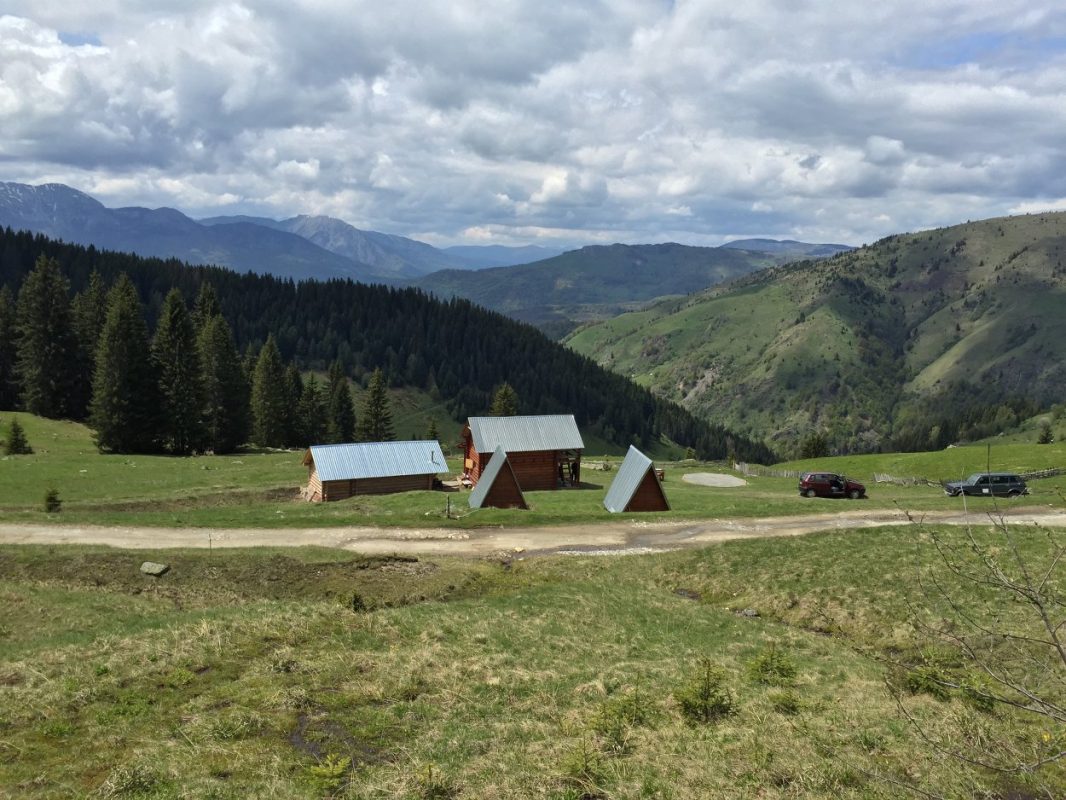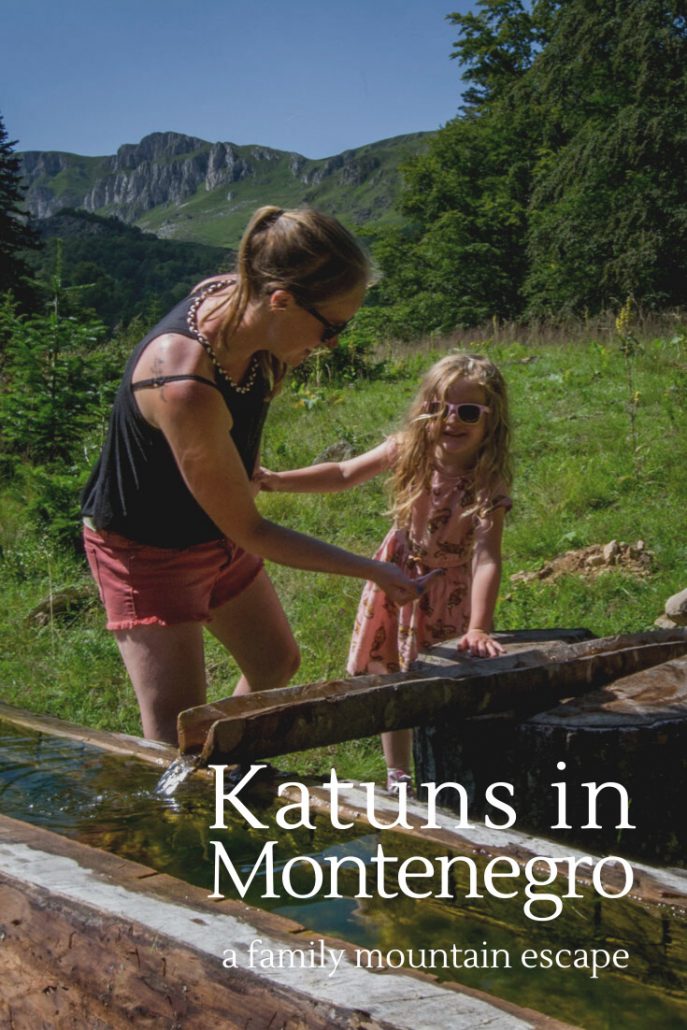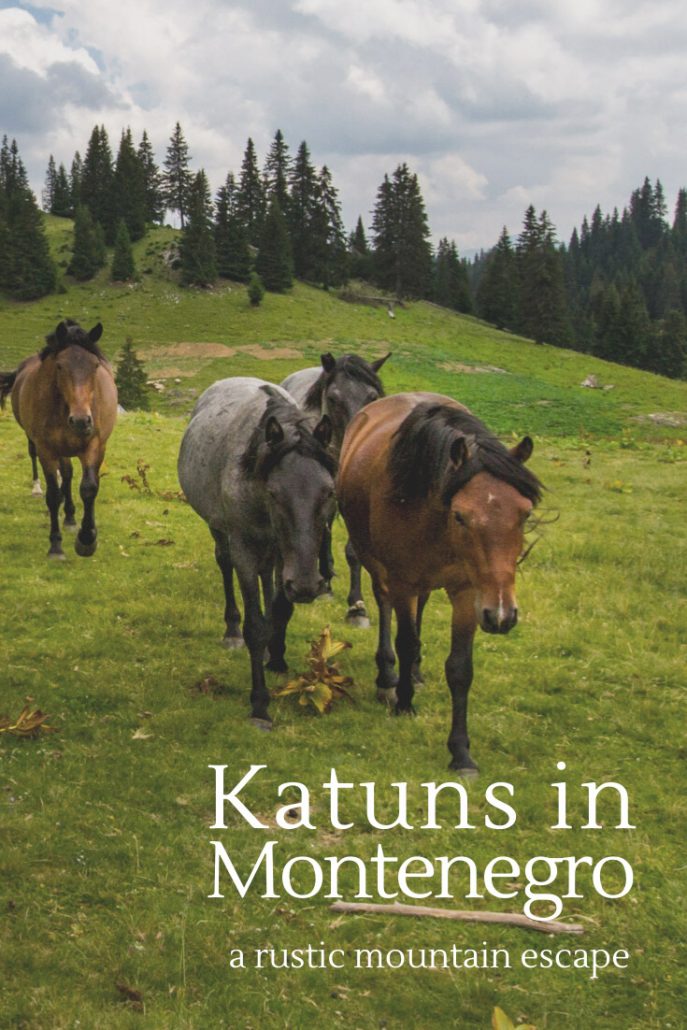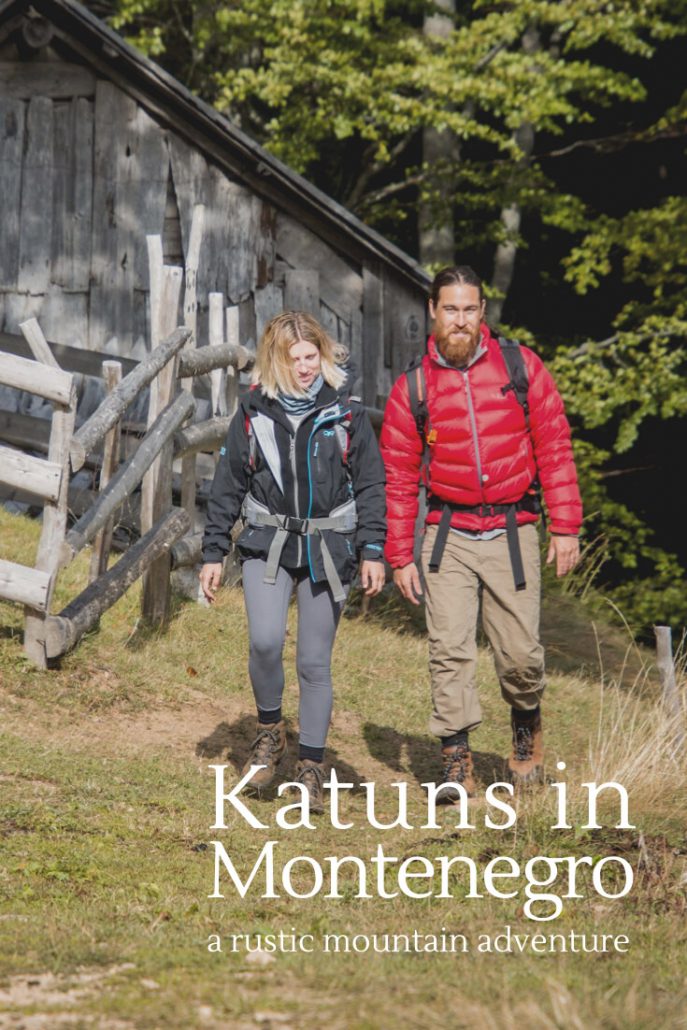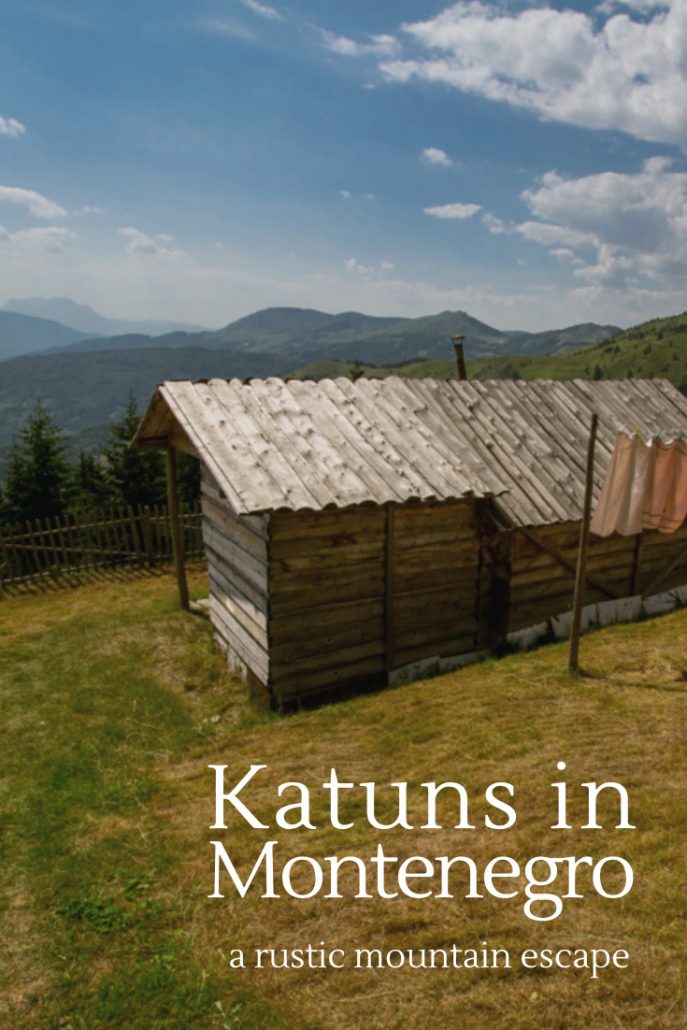Katun – the essence of Montenegrin culture
Mountains are the story of Montenegro and the katun takes center stage as narrator. Experiencing these mountain huts is key to understanding the essence of Montenegrin culture.
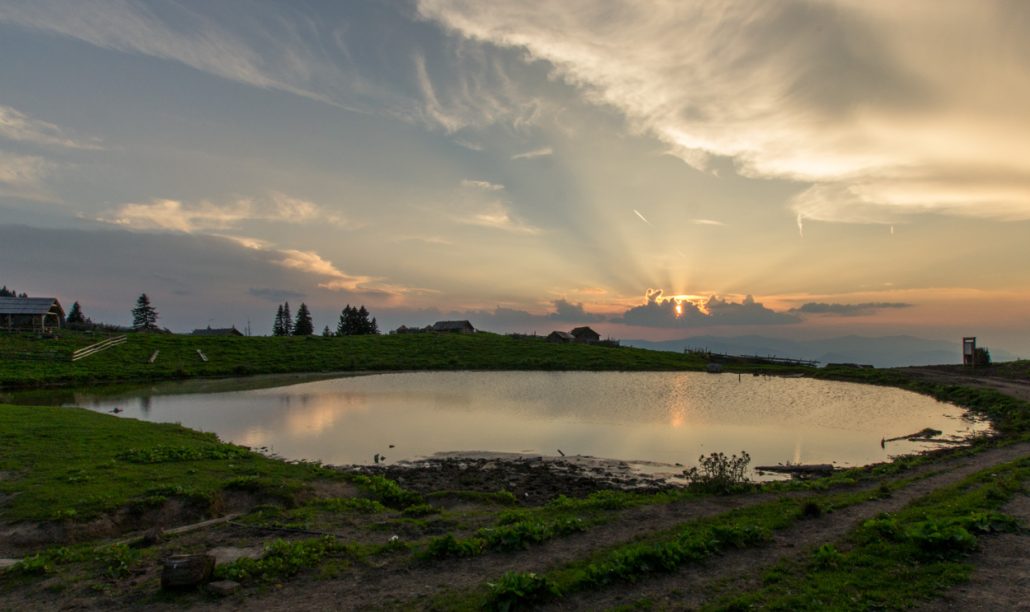
Katuns and the Story of Montenegro
Historically, Montenegro was a collection of villages. With rocky, mountainous terrain all across the country, growing enough food was an ongoing concern for Montenegrins.
While a Mediterranean climate was present on the coast, a more alpine climate existed north of Podgorica. In the northern climes of the country, society revolved around the seasons and the life-cycle of grass and vegetation.
Villages existed at the bottom of mountains. When the snowpack melted and grass began to grow on the mountains, locals would move the village’s livestock up the mountain. The animals would graze on highland grasses among the katun mountain hut areas during the summer and early fall months. During this time, the village grass was allowed to grow for future use.

Traditional Katun Life
For centuries, life in the katuns included thousands of livestock scattered across the mountains in northern Montenegro. The past twenty years have seen a decline in the number of active katuns with fewer families continuing their katun tradition. This also means less animals and activity. Many katuns have been abandoned and today are just shells of huts. This heritage, a key part of Montenegrin culture, needs to be preserved.
The Importance of a Family Name
Montenegro’s history began centuries ago with five extended families or clans. Though more than five last names are now present across the country, still the surname stands important. Most people from Montenegro can identify where someone else is from once they know their last name.
Countrywide, the county or municipality (opština) of a different family name can be identified. Many Montenegrins will know the specific village associated with a particular last name. And the locals will know where a family’s katun is located on a nearby mountain. For this reason, locals in Montenegro will always introduce themselves with both first and last name. Once the last name is given, the general area and general family history is known. The locals will know exactly where your family katun is situated.
While fencing exists only on small parts of the katun property to corral the animals, locals know the boundaries of various katuns. If venturing near another family’s katun, then it is common to stop by for a greeting and to share a cup of coffee or a shot of rakija. On a rainy day or near the end of the katun season, this may be a samo polako, drawn-out visit. Often these visits are kept short when there is work to be done.
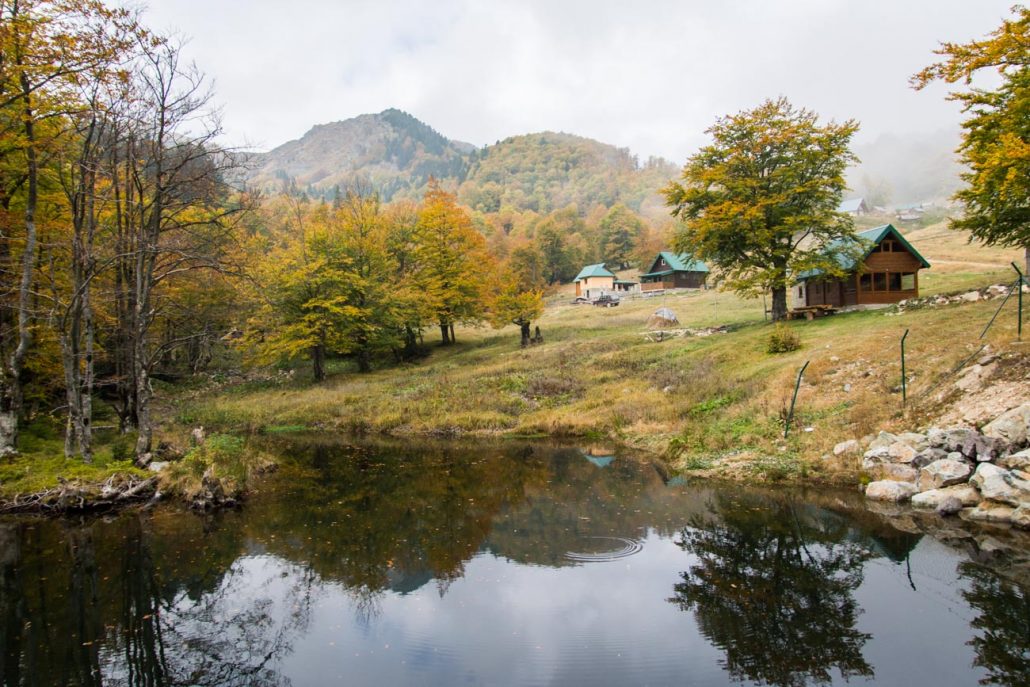
Katun Routine and Roles
During the summer months, days at the katun follow the schedule of the sun. Early mornings begin with milking the cattle and sheep, downing a hearty breakfast, and then preparing for a full day of work ahead.
Traditionally, one of the men would take the livestock to different grassy areas on the mountain for grazing. Other tasks for the men included fence repairs, woodcutting for winter, grass cutting, hay stacking, and constructing any new huts for farm needs or a growing family.
The women had a number of routine tasks. Montenegrin katun life only worked due to the heroics of strong women. Their routine included the responsibility to make kajmak (clotted cream), cheese, and kisjelo mlijeko (thick yoghurt) from the fresh milk. Also, they would tend the garden, prepare foods, forage in season, take care of family, and have an evening milking session with the livestock.
Once the sun set, it was near bedtime. The next day would be full of tasks as the family continued to cultivate and prepare for the seasons to come.
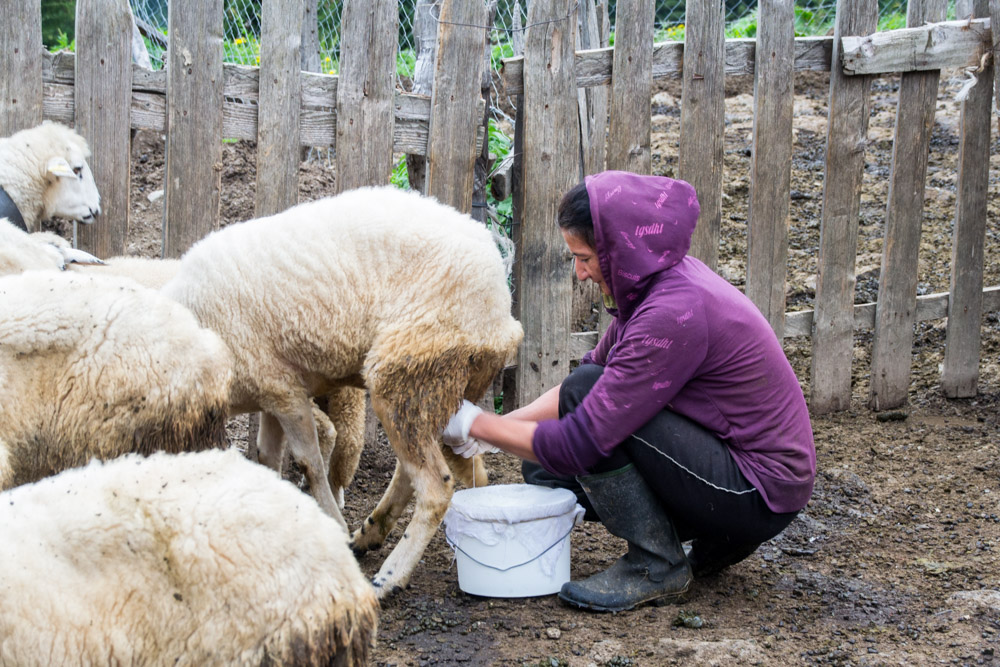
Katuns Form Much of Montenegrin Culture
Katun life represents a hard-working approach to life, but it also represents a strong community aspect. A village would reassemble in nearby katuns up on the mountain. Families are spread out to give plenty of space for livestock grazing. Still, they remain connected to persevere together through the elements and over the years. Still today, community is a key trait of Montenegrin culture.
Izdig Leads to the Katun
One clear example of the importance of community is the annual izdig that would occur for each northern mountain village of Montenegro. In the spring, the village would decide when to take the animals up the mountain for the summer at the katun. While the date would often be in May, it is impacted by weather conditions to allow for snowmelt, vegetation growth, etc. While a few men would go up to the katun a few days before to make repairs, no one would take livestock up the mountain before izdig as it would give them a bad name in the community. The best grasslands were open for all from the date of izdig moving forward through the season.
On the morning of the izdig, the village would travel up with the livestock. During the heyday of the katun this was a big affair. This event was about more than just a day to resettle the family and livestock for the next several months. It was a celebration with lots of food, music, dancing, and time together. The night of the izdig would often have music played with the frula (a local flute often played by shepherds), the gusle (the national one-stringed instrument used for reciting oral history), and the accordion.
Izdig also presents a time for a kum (godfather) to visit those he is in relationship with often bearing gifts of coffee, sugar, and soap. At an izdig you can expect to see the horses freely run about while the stallion with breeding rights for the summer has to defend his right on this first day.
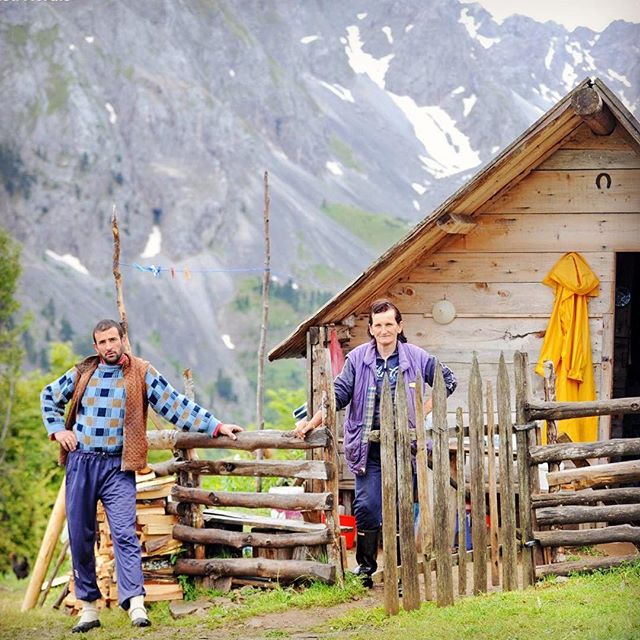
Traditional Haystacks of Montenegro
If there was an icon for mountain life in Montenegro, it would have to be either the katun or a haystack. A sufficient amount of quality grass was critical for the well-being of a family and community. A haystack that was visible at the base of a mountain was likely representative of a katun up above. The rhythm of life in Northern Montenegro swayed with the highland grasses.
Usually three times throughout the summer and Fall, the villagers would cut the grass with scythes. Each family would build a series of haystacks. This ensured sufficient hay for the animals throughout the winter and early spring months.
When it was time to cut the grass, the patriarch would invite family and neighbors to come and help cut the grass together. It was a daylong affair. After cutting, the grass needed to be turned in the sun a few times to dry out before being added onto the haystack. A day of grass cutting and stacking was finished with a shared meal as a thank you to those that helped. Of course, it is probable that the next day will be another grass cutting at a neighbor’s property to help him also prepare for winter.
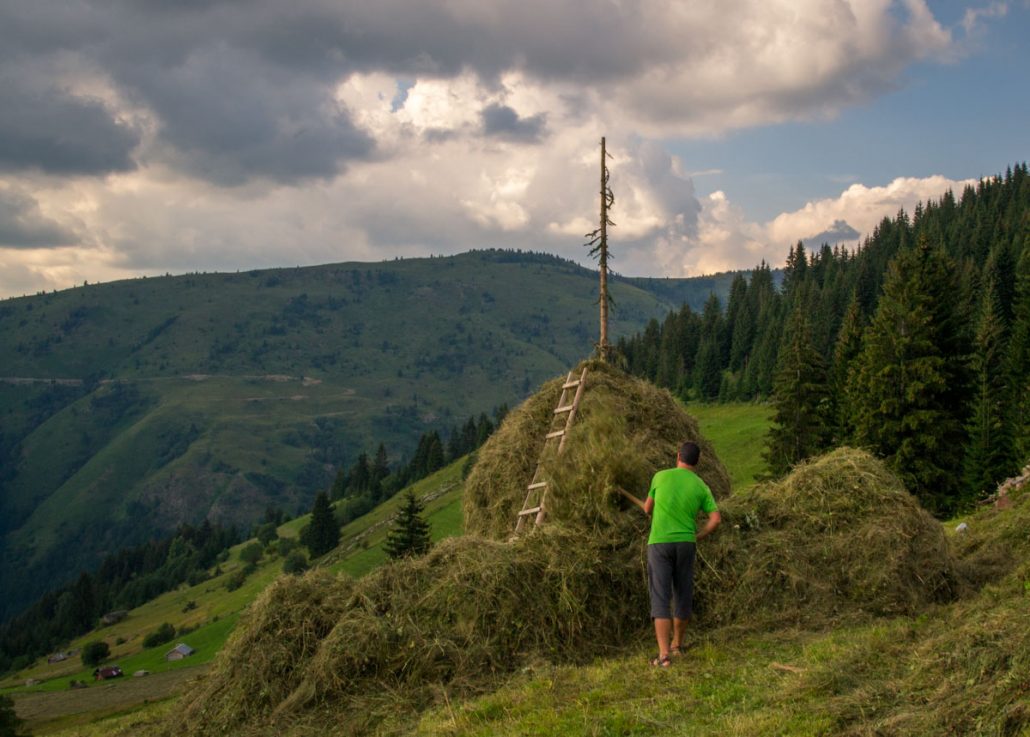
Katun Architecture and Preservation
While a katun is the widely recognized name of these mountain huts, other names have been used in different parts of Montenegro. Besides katun, these names include: stan, glada, savardak, or a dubirog. Always built with locally sourced materials, all variations of katuns fit into their surroundings. These can be simple wood structures, stone huts, or even a stick and straw thatched circular hut. As there is so much nature diversity, there are several distinct Montenegro katun looks.
Katuns are the “only true cultural and architectural heritage of Montenegro,” according to Ivan Lakovic with the Institute of History of Montenegro. Preserving some form of katun life is critical to preserve this cultural heritage for Montenegro.
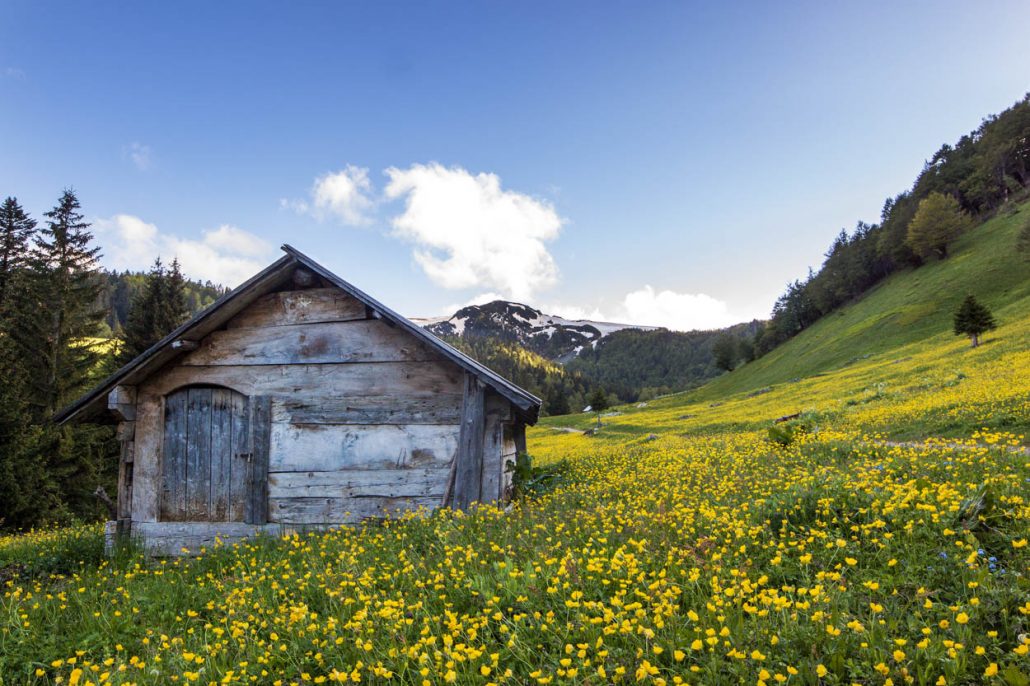
Katun to Table Foods
While usually simple, katun foods in a word are spectacular. This is a return to food tasting the way it should. Food at the top of the mountain is also at the top of the food chain for organic and locally sourced ingredients.
Something special happens in the katun farming process. Where livestock graze the soil becomes organically charged. Last year’s grazing lands make a fertile garden area for this year’s produce. This is a variation of permaculture and companion planting for optimal results.
While all of the vegetables are good, the potatoes at higher altitudes with the right conditions become something unique. I strongly recommend that if you end up with hot boiled potatoes on your plate, then top it with a spoonful of kajmak and enjoy immediately. Also, other fresh dairy products such as milk, yoghurt, and cheeses are available in abundance. And yes, abundant food is a key hallmark of Montenegrin culture.
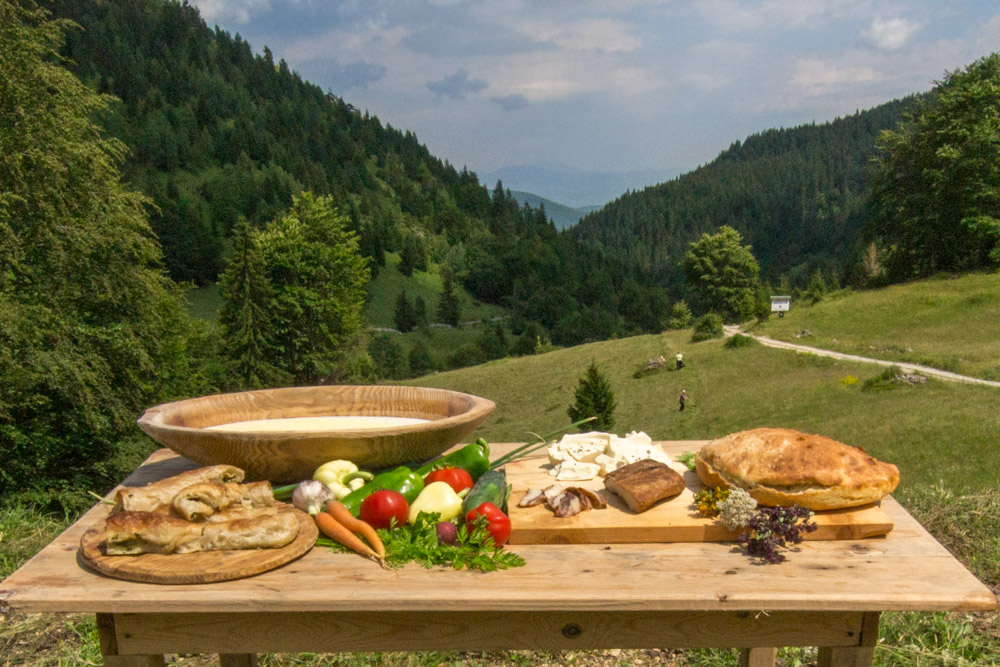
Highland Adventures Among the Katuns
With changes through the years, some katuns are still functioning today while others have been abandoned or retooled. While the relics are worth a visit and a photograph, we suggest you try a family katun that has been opened up for rural travel. Working with local partners, Meanderbug continues to develop a farm stay and katun booking network that guests can book for family and adventure travel.
As Meanderbug continues to work with families to advance farm stays in villages and up in the katuns, we are developing hut-to-hut routes for hiking, or walking holidays, as well as mountain biking. Day hikes, horseback riding, and off-road adventures are possible. There also has been a growing number of European families escaping to the katuns for week-long getaways to disconnect from the busyness of modern-day life and reconnect with each other.
Meanderbug has developed an app to help you plan your next village and katun stays and the adventure that surrounds them. This is part of our ongoing effort to work with local partners in coaching, mapping, and preparing new trails and adventures. Staying through the Meanderbug network helps advance opportunities for locals for years to come while opening a new way for outsiders to experience the real Montenegro. Download the Meanderbug App for iOS or Android.
Book your katun stay or adventure today or contact us for more information.
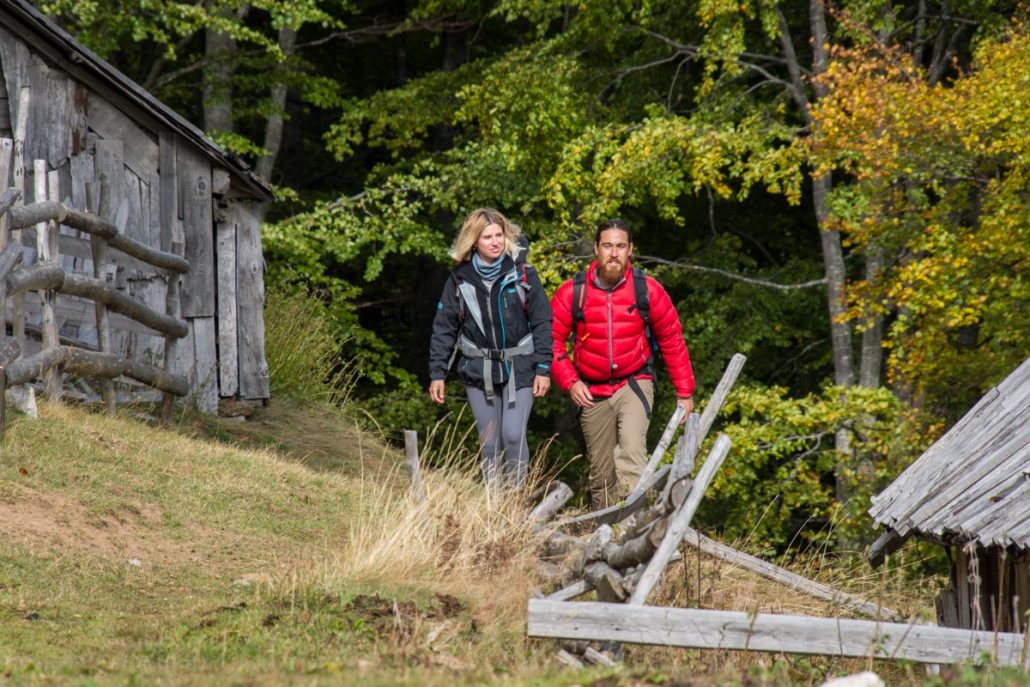
Montenegro Katun FAQ
Family lands and small huts up on the mountains in Northern Montenegro. These lands were used during the summer months for grazing livestock. Today, working katuns continue to exist though the number is declining. It is possible to stay in a katun during a mountain stay or hiking adventure. 
This way of life has diminished significantly with livestock numbers dropping some ten-fold from what used to be tens of thousands across the highlands. However, there are still a number of active katuns in Northern Montenegro that are raising sheep, goats, and cattle. Also, there are a number of functioning katuns that are doing small-scale farming along with rural tourism. Still there is another category of eko katuns that are running higher volume number of guests. These higher volume “katuns” function more like a motel on a mountain where guests stay in huts as there isn’t the family interaction or katun life that would be associated with the family katuns. 
Katun lodging and adventures are ideal for families. With Montenegrin people having unique compassion and care for children and nature as well as organic foods, katun farm stays offer unique hiking and adventure possibilities.
There are safety concerns to consider. Caution should be given with clothing for seasonal conditions. Having a rain layer and multiple warmth and wicking layers is important. Proper navigation and support are critical for safe travel. Meanderbug supports its clients with navigation information and on-call support. Additionally, Meanderbug katun partners are trained to verify the safety of guests that are scheduled to come. If there is a difficulty with arrival, then local assistance, searches and mountain rescue will be called in as needed. 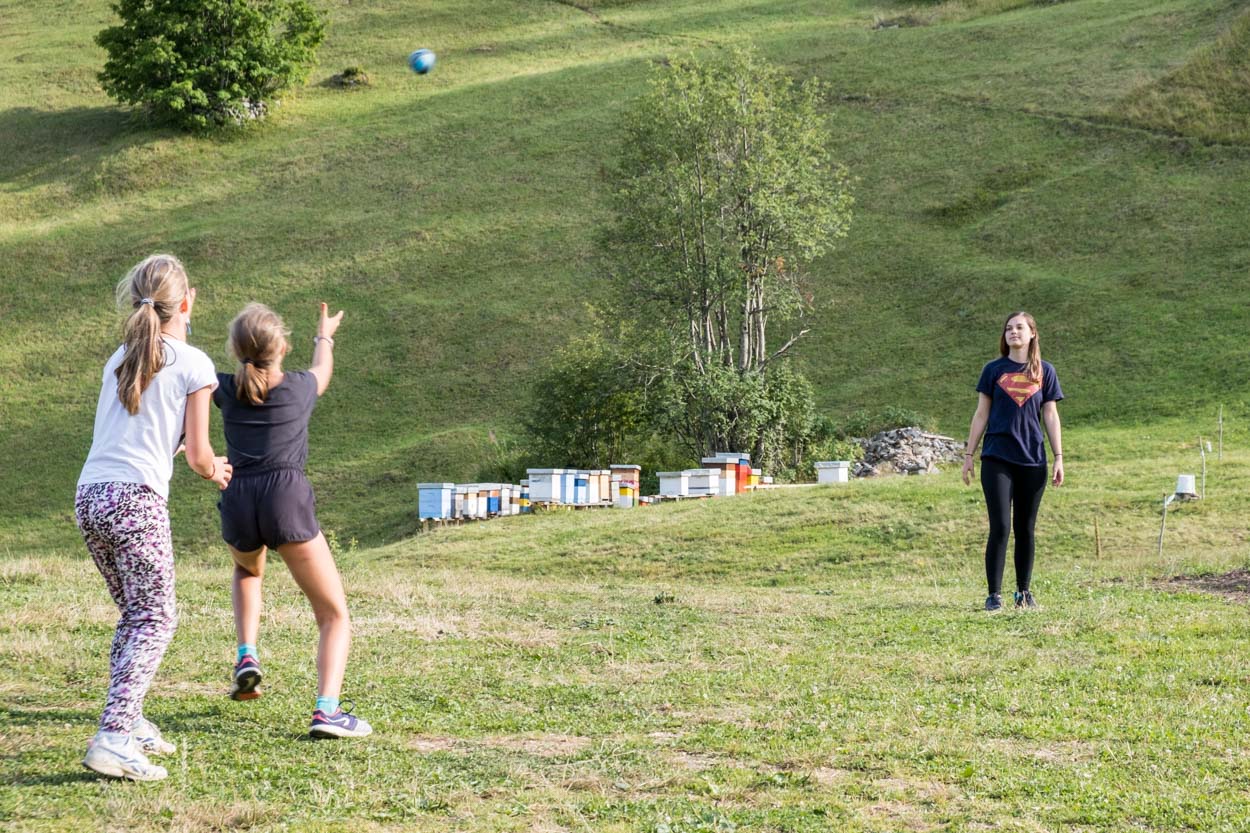
Travelers can book their katun stay experience along with meals through Meanderbug.com. As the leader in rural tourism in Montenegro that is working with katun owners, local non-profits, and the government to develop katun lodging experiences, all sales help further the future of katuns for Montenegrin cultural preservation and a unique opportunity for travelers. Some katun experiences are also able to be booked through other booking portals, but these do not provide critical navigational assistance, safety backup, katun trail development, or ongoing coaching and consulting for katun partners. Buying local through Meanderbug will impact the future quality of travel in Northern Montenegro.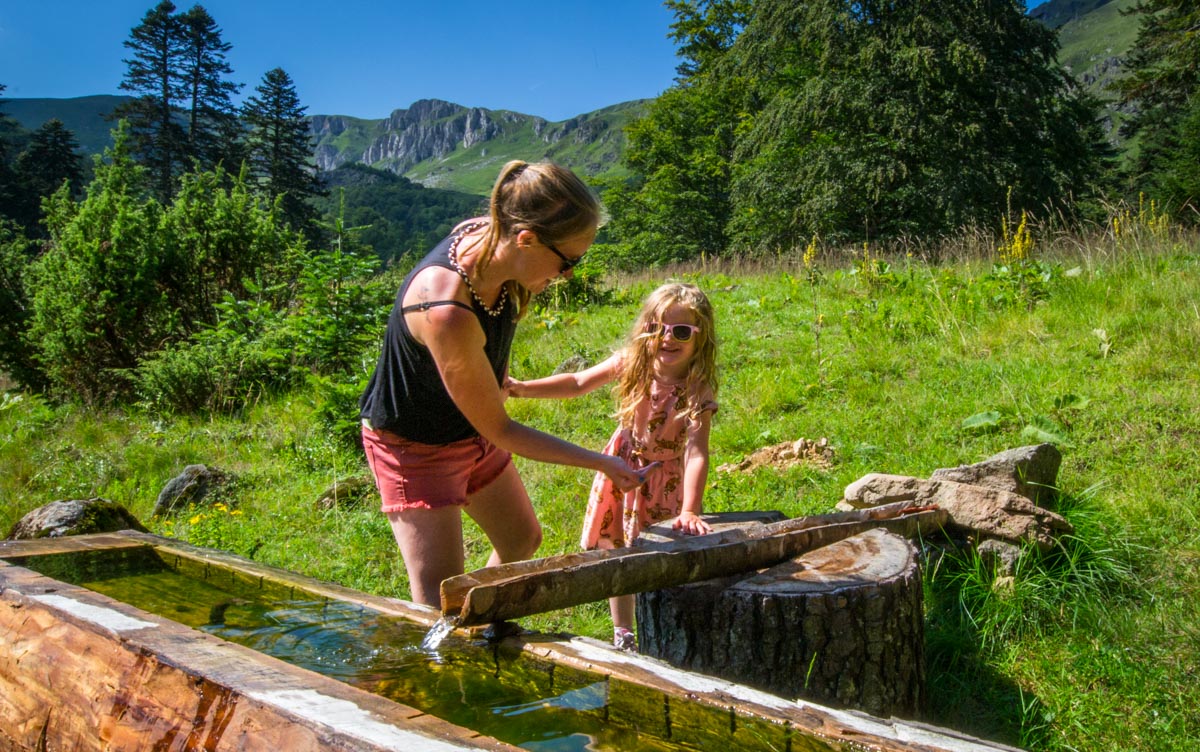
All katuns traditionally maintain some level of eco-friendly status. Subsistence level farming and livestock raising without mechanization for centuries means that katuns have been ecologically sustainable. Usually, the eko designation means that they are a larger katun that has more huts. This can be ideal for groups. However, the family-owned katun provides a more traditional experience with direct interaction with the family. Feel free to contact us for more information about katun lodging possibilities like Senica Katun (pictured below). 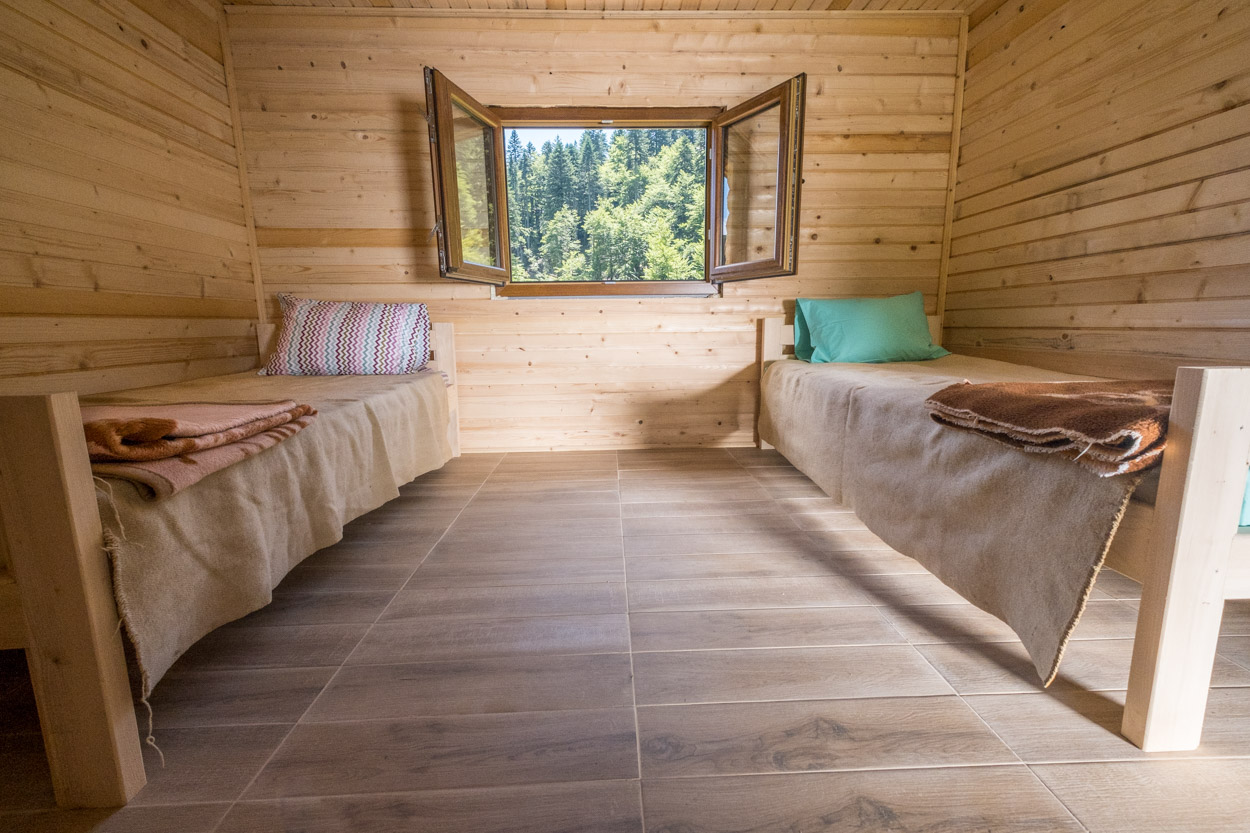
Please help us help katuns continue for future generations. Share this story with your friends and followers.

